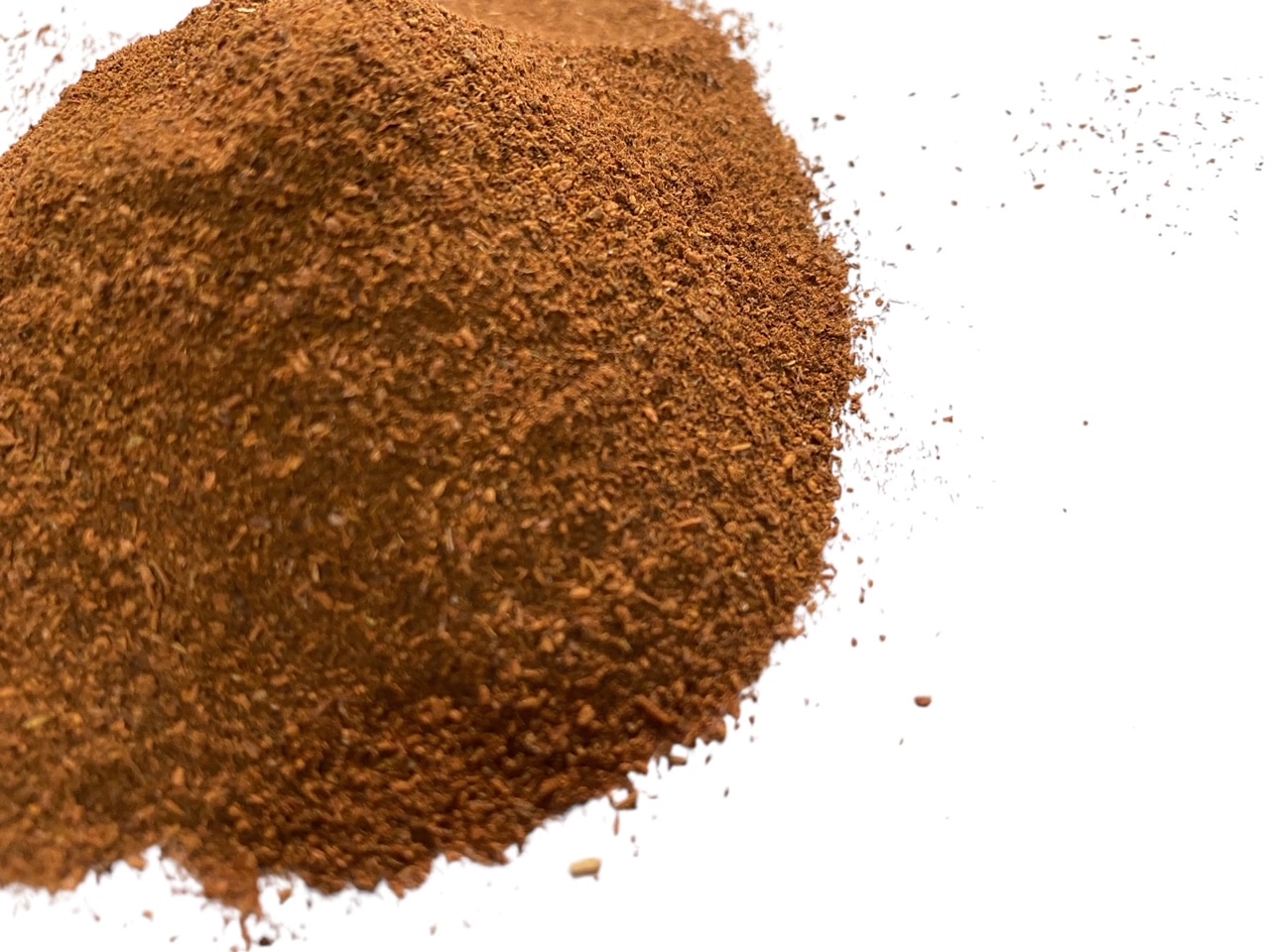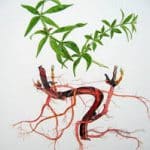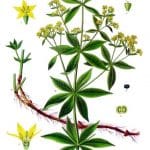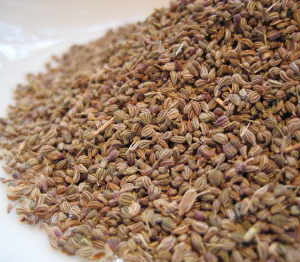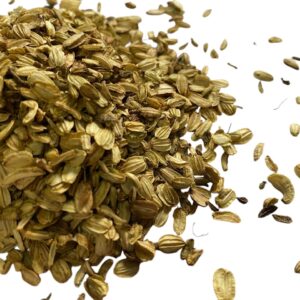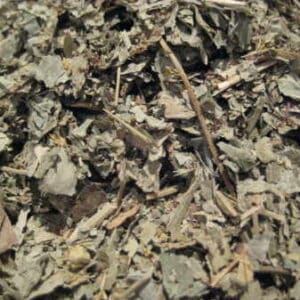Madder Root Powder (Rubia tinctorium) contains rubian, rubiadin, ruberythric acid, purpurin, tannin, sugar and especially alizarin. It is sometimes known as Rose Madder
Traditional Uses & Constituents for Madder :-
Although it is not, as a general rule, employed medicinally, Madder Root Powder has been reputed as effectual in amenorrhoea, dropsy and jaundice. It is more generally and better known to be used as a dye.
The most interesting of the colouring substances it contains is the alizarin, and this is now termed dihydroscyanthraquinone. This occurs as orange-red crystals, almost insoluble in water, but readily soluble in alcohol, ether, the fixed oils and alkaline solutions. The alcoholic and aqueous solutions are rose-coloured, the ethereal, golden-yellow; the alkaline, violet and blue when concentrated, but violet red when sufficiently diluted. A beautiful rose-colour is produced by precipitating a mixture of the solutions of alizarin and alum.
When taken into the stomach it imparts a red colour to the milk and urine, and to the bones of animals without affecting any other tissue. The effect is observed most quickly in the bones of young animals and in those nearest to the heart. Under the impression that it might effect some change in the nervous system, it has been prescribed in rachitis (rickets), but without noticeable favourable results.
History of Madder Root:-
Madder has been cultivated as a dye since early antiquity. In Egypt where it was grown as early as 1500 BC. Cloth dyed with madder root dye was found in the tomb of the Tutankhamun and on an Egyptian tomb painting from the Graeco-Roman period which was diluted with gypsum to produce a pink colour.
It has also been found in Corinth and in the Baths of Titus and the buried ruins of Pompeii.
The cut herb can be found here https://www.luminescents.net/shop/herbal/traditional-herbs/western-herbal/products-beginning-with-m/madder-root-cut/
| country-of-origin | |
|---|---|
| batch-code | |
| harvest | |
| best-before |
